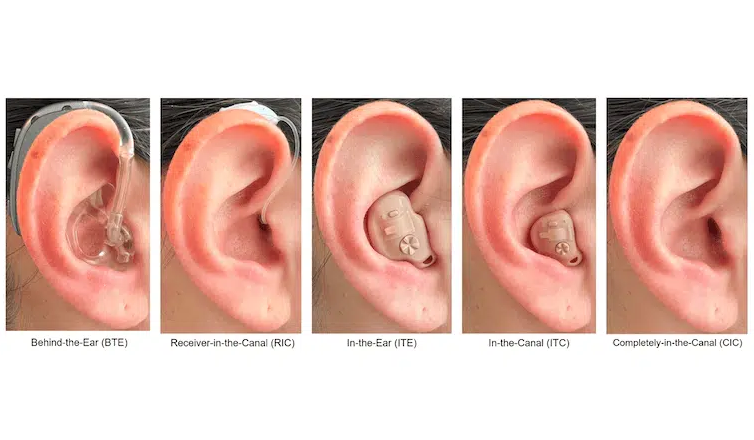I think it’s often too easy to forget how many people are affected in one way or another by hearing loss. One of my friends recently got a hearing aid and to see how much her mental health and quality of interactions improved was surprising. I have always lived with hearing that works, and up until fairly recently, I had thought it was only really the elderly and a few younger people who were affected. However learning about hearing loss in this module and from my friend has led me to look further into the use of hearing aids in the younger population.

Causes
Looking into acquired hearing loss, I found that most cases were due to either infections or exposure to loud music. Loud music being on this list did not surprise me much as I have had first hand experience of being in places like clubs where I could barely hear the words I was saying let alone anyone else’s. Given how important our hearing is to our everyday lives, I believe that there should be tighter regulations on the volume levels these types of places are allowed to use. A recent study found that more than a billion young adults worldwide are at risk of noise induced hearing loss which is way more than I had ever considered. It seems strange to me that workplaces have noise level regulations, but clubs don’t. How are people meant to preserve their hearing if the legislation is not put in place to protect them? I believe it is very irresponsible for the government to not put a simple limit on these things.
Design
On the topic of hearing assisting devices, it is also important to note that hearing aids have come a long way since they started and are now much more sensitive and discrete. I slightly wonder whether the move towards ‘invisible’ hearing aids is indicating that they are a bad thing that should be hidden away, and I believe these are amazing machines that allow so many people to experience the gift of hearing and should be celebrated instead of being obliged to be hidden away.

Stigma
I think one of the main problems surrounding young people accessing hearing aids is the stigma attached to them. I know many people think hearing loss and hearing aids are their grandparents’ problems, but this is really harmful to young adults getting the access to devices that would greatly improve their hearing. I feel that this stigma is slowly decreasing but is still a major hurdle for many who would benefit from hearing aids. I think this is in part due to the lack of teaching about them at a young age. I know I didn’t learn anything about hearing aids in the younger population until I came to university and met people my age with them.
Given that our hearing is a key sense that doesn’t regenerate, I feel that it is imperative that there is more awareness of the possible causes, and how people can access help. My preconceptions about the people affected by hearing loss have definitely changed, and I am now more aware of the increasing younger population that could be so easily prevented from losing their hearing. This module has led to me making some changes to my life such as wearing earplugs when in noisy environments, and generally being more aware of how loud my environment is.
Very well written, with an excellent format and images. You’ve included interesting statistics and related it to personal ideas which…
This is a very well written blog, the format is as if you are talking directly to me. The ideas…
Love the Batman GIF :)
This is an excellent, well written blog. The narrative is engaging and easy to follow. It could be improved by…
This is a well-communicated blog. The it is written well with good use of multimedia. It could be improved with…